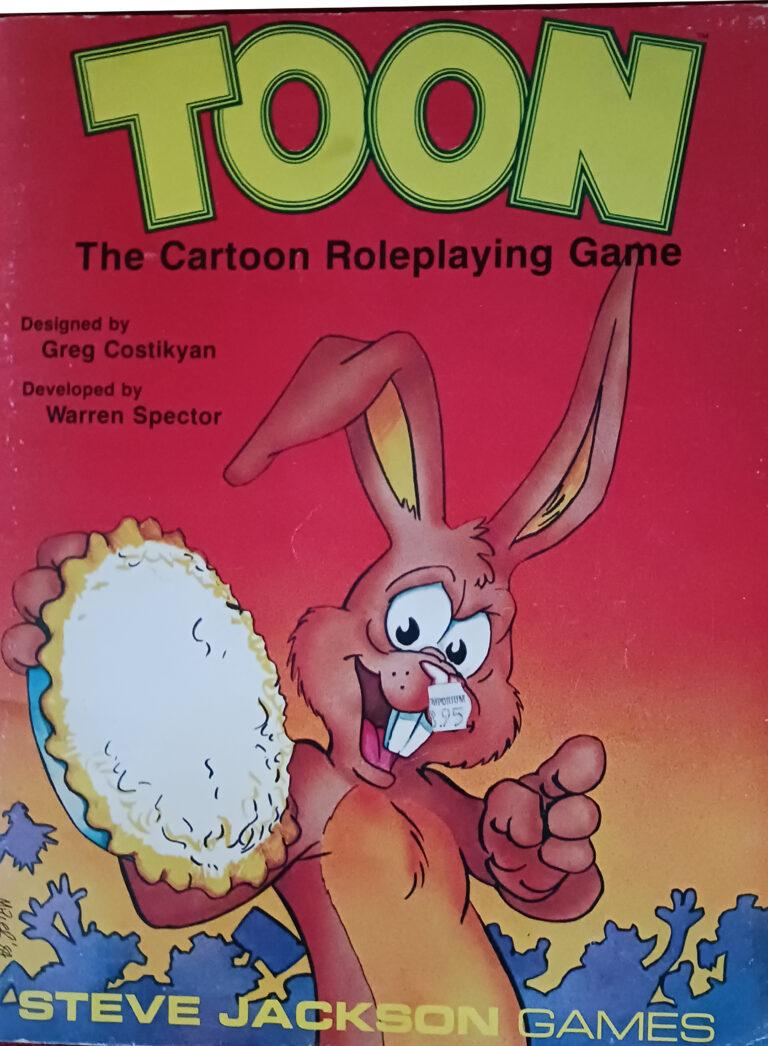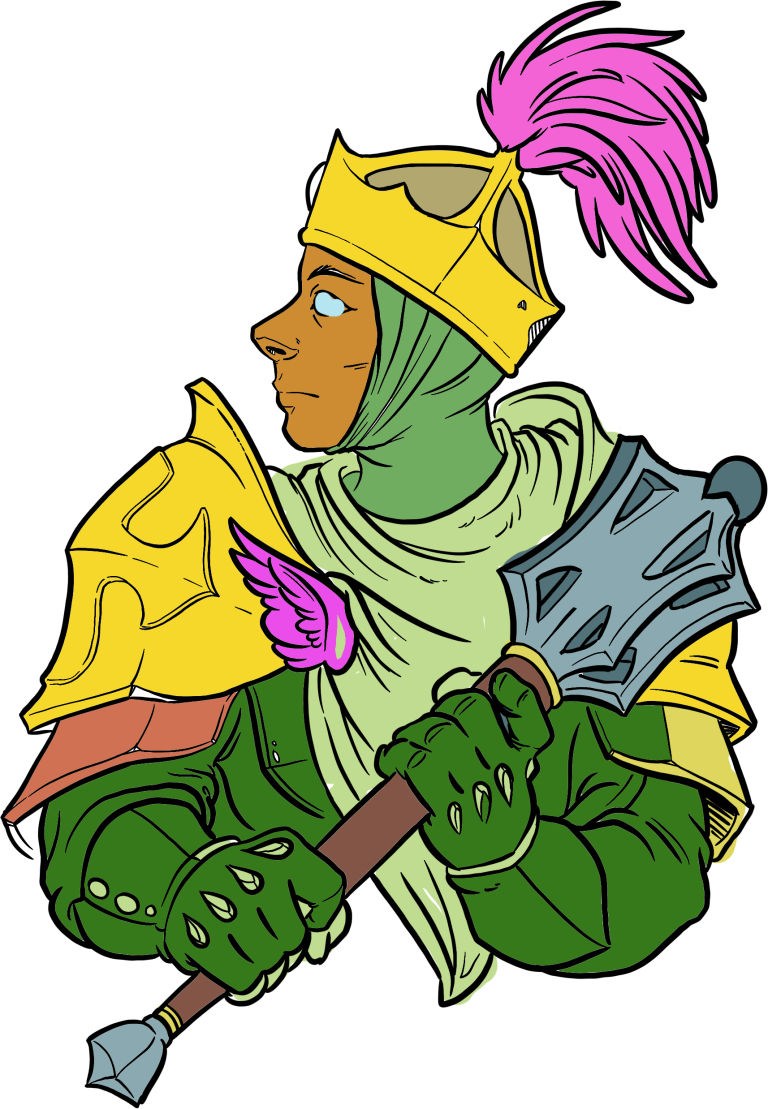Why? That’s a great question. More than just an annoying comment from a player, “why” is a great tool that a GM can use to create a strong story and setting for your campaign. Let’s start with a small piece – just an encounter and then we’ll use this technique continuing outwards.
GM: “you traverse the rope bridge, descend a long decrepit spiral staircase, sneak through a break in the corridor’s rock wall and find yourself in a 20’ by 20’ chamber face to face with a menacing ogre.”
Player: “umm, what? He’s just standing there as if he’s waiting for us? Why?”
GM: “umm… roll for initiative”.
The encounter above could have been prepared better by thinking ahead of time about the situation. For one thing, an ogre needs food, so living alone in a buried dungeon he wouldn’t last very long. Ask yourself “Why would an ogre be there alone?” Depending on the answer you could end up in different scenarios. Perhaps instead of a deep castle dungeon this ogre lives in a deep cave, where an underground stream yields enough fish to keep the ogre healthy while waiting for the next group of humanoids to wander towards his maw. If you’re set on the castle dungeon described above, then maybe the ogre hasn’t been there that long. Perhaps he was captured and brought there by an evil mage who sought to use him in experiments. The ogre has recently broken free of his chains and now only seeks escape from the wizard whose laboratory is down the hallway. This presents an interesting possibility, the party could decide not to fight the ogre but instead they could either help to free him or persuade him to help them defeat the evil wizard.
Asking ourselves “why?” has prompted us to create a more interesting encounter. You can continue by stepping back and asking yourself the same question again. Why was the wizard experimenting on the ogre? Maybe he has been creating monstrous creatures for decades and he was looking for exotic subjects. Why does he create these monstrosities? Well his mother was tortured by townspeople of the nearby village, so now he seeks revenge on the village, which he does by releasing hungry monsters into the forests that surround the area’s farms. By stepping back and continuing to answer the question “why?” you can develop an interesting story for an adventure or even an entire campaign. Make sure you don’t always use the most obvious answer either, if a crazy sounding idea pops up in answer to “why?” then see if you can invent a way that answer fits in your adventure. Some of the most interesting adventure ideas are created this way.






Thanks for your blog, nice to read. Do not stop.